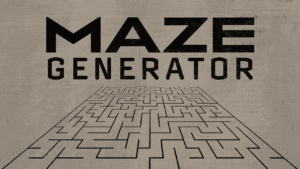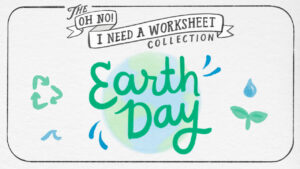
Earth Day Worksheets
Worksheets for Earth Day! Featuring reading, writing, and math… with a pinch of Depth and Complexity.

Lipogram: Rewrite “Twinkle, Twinkle”
What if we rewrote a piece of writing without using certain letters?

Lipogram: Rewrite “Mary Had A Little Lamb”
What if we rewrote a piece of writing without using certain letters?

Building Brush Bots and Art Bots
What if we turned a tooth brush into a robot… that could do art?
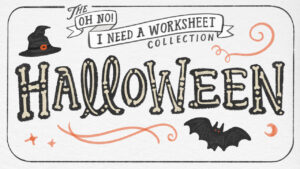
Halloween Worksheets
Crosswords, image analysis, and writing prompts for Halloween!

Investigating Christmas Trees
Students start with facts, then make groups, and then work with a single statement about Christmas Trees.
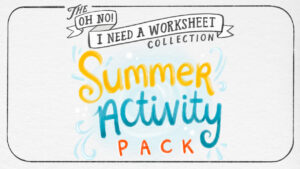
Summer Activity Pack
A worksheet pack featuring writing prompts, a summer essay project, a science-based escape room activity, and image analysis prompts.
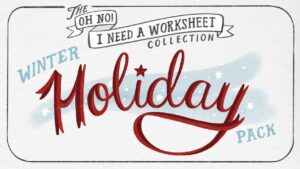
Holiday Worksheets
Writing prompts, non-fiction analysis, and science topics related to Christmas and Hanukkah.
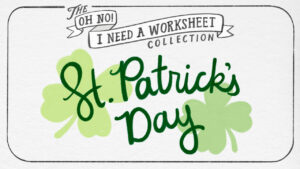
St. Patrick’s Day Worksheets
St. Patrick Day’s themed word searches, crossword puzzle, reverse crossword, transition writing practice, and a math puzzle.

Compare and Create New Year’s Traditions
Hey! Our New Year traditions have a lot in common.



